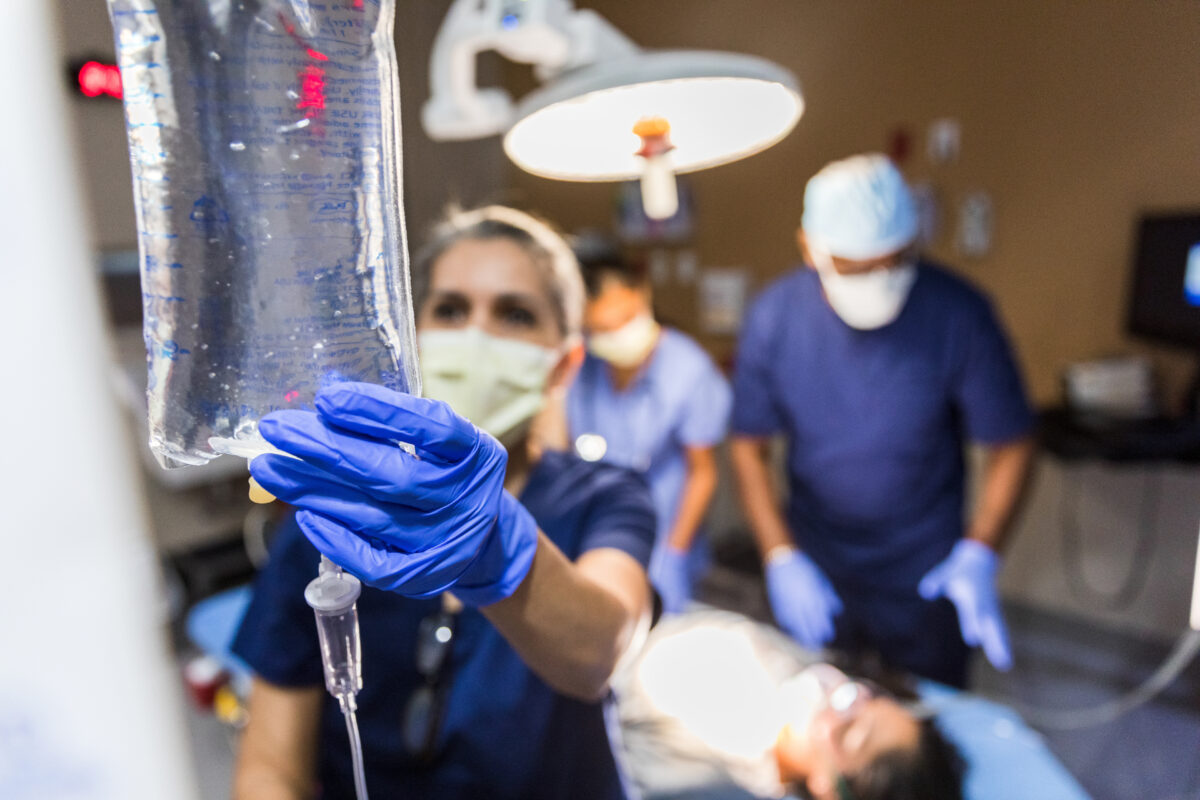Cardiogenic shock is a critical condition that occurs when the heart suddenly cannot pump enough blood to meet the body’s needs. This severe form of cardiac failure is often triggered by a heart attack but can also result from other cardiac issues such as end-stage heart disease, cardiac arrhythmias, or complications from heart surgery. Effective management of cardiogenic shock is crucial, as it is associated with a high mortality rate. Understanding the strategies for timely intervention and continuous monitoring can significantly improve patient outcomes.
Recognizing the Signs of Cardiogenic Shock
Early recognition of cardiogenic shock is vital for successful treatment. The primary symptoms include rapid breathing, severe shortness of breath, loss of consciousness, weak pulse, and low blood pressure. Cold and clammy skin, rapid and weak pulse, confusion, and profuse sweating are additional signs that may indicate the onset of this condition. Medical professionals must quickly assess these symptoms to initiate appropriate interventions.
Immediate Stabilization and Diagnosis
The initial management of cardiogenic shock involves immediate stabilization of the patient’s condition. This includes ensuring adequate oxygenation and ventilation, providing intravenous fluids to maintain blood pressure, and using medications to support heart function. Once stabilization is achieved, comprehensive diagnostic tests such as echocardiography, electrocardiograms (ECG), and coronary angiography are conducted to determine the underlying cause of the shock.
Pharmacological Management
Medications play a critical role in the management of cardiogenic shock. Vasoactive drugs are commonly used to increase cardiac output and improve blood flow. Inotropes like dobutamine and milrinone can enhance heart muscle contractions, whereas vasopressors such as norepinephrine are used to tighten blood vessels and raise blood pressure. Each medication must be carefully selected based on the patient’s specific condition and continuously adjusted according to their response to treatment.
Mechanical Support Devices
In cases where pharmacological treatments are not sufficient, mechanical circulatory support devices may be necessary. Devices such as intra-aortic balloon pumps (IABP) and ventricular assist devices (VADs) can provide temporary support to the heart by improving myocardial perfusion and reducing the workload on the heart. These devices are critical in stabilizing patients in severe shock, bridging them either to recovery, a more permanent solution like a heart transplant, or long-term device implantation.
Addressing the Underlying Cause
Successful management of cardiogenic shock not only involves symptomatic treatment but also addressing the root cause of the shock. For example, if a heart attack is the trigger, revascularization procedures like percutaneous coronary intervention (PCI) or coronary artery bypass grafting (CABG) may be required to restore blood flow to the heart. Similarly, if a valve disorder or a congenital defect is the cause, surgical or percutaneous repairs may be necessary.
Continuous Monitoring and Support
Continuous monitoring is essential in the management of cardiogenic shock. Intensive care units equipped with advanced monitoring technologies provide real-time data on cardiac function, blood pressure, oxygen levels, and other vital parameters. This constant vigilance allows healthcare providers to quickly detect changes in the patient’s condition and adjust treatment protocols accordingly.
Multidisciplinary Care Team
Managing cardiogenic shock requires a collaborative approach involving a multidisciplinary team of healthcare professionals. This team typically includes cardiologists, cardiac surgeons, critical care specialists, nurses, and other specialists who work together to provide comprehensive care. Effective communication and coordination among the team members are crucial for ensuring that the patient receives the best possible care.
Conclusion
Managing cardiogenic shock effectively requires an integrated approach that combines rapid diagnosis, advanced pharmacological treatments, mechanical support options, and addressing the underlying cause of the condition. With advancements in medical technology and the growing expertise of healthcare professionals, the outcomes for patients with cardiogenic shock have significantly improved. However, continuous education, research, and collaboration across the medical community are essential to further enhance the survival rates and quality of life for these patients.
